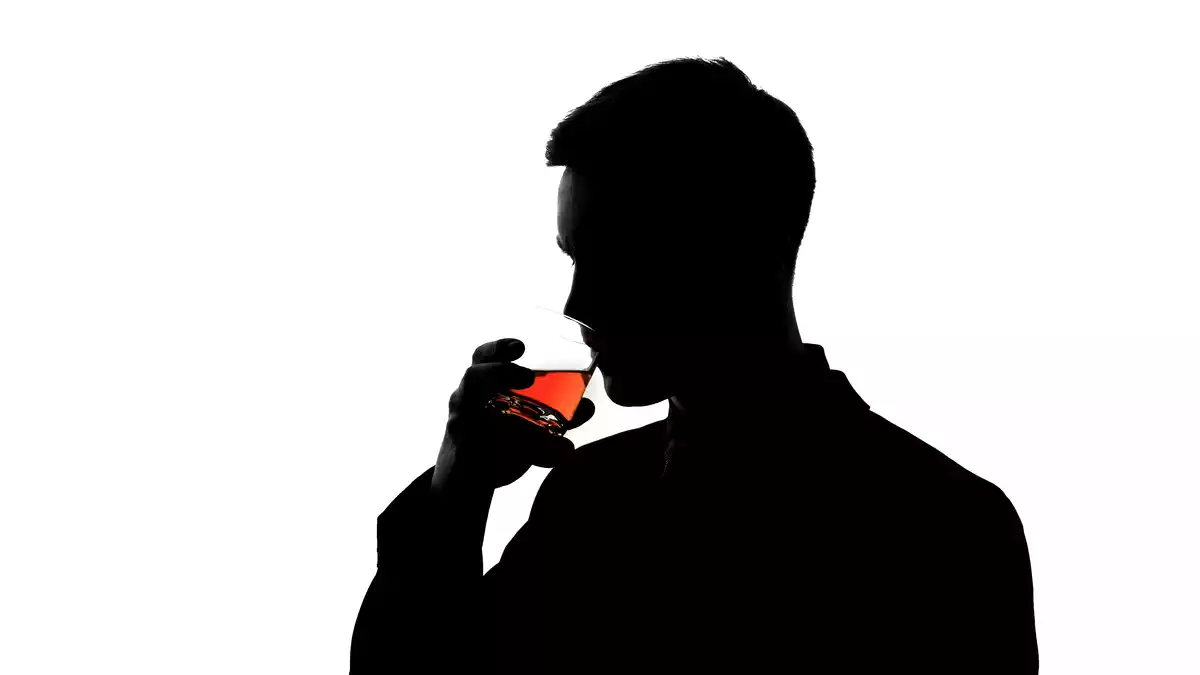
Alcohol and cannabis are two of the most widely used substances worldwide as recreational drugs. If we ignore others with less intense effects such as caffeine and nicotine. Although both compounds share some characteristics, there are significant differences in the way each one of them affects the body in the short and long term.
In this article, we will analyze the main differences between the effects of alcohol and those of marijuana, as the product of the Cannabis sativa plant is commonly called. To do so, we will pay attention to the action that they exert in the nervous system and the rest of the body when being used, but also to the consequences of the chronic consumption of these drugs.
- You might be interested in: Psychological Changes: Adolescence And 8 Shifts In Behavior
What is alcohol?
Alcohol is a chemical compound obtained from the fermentation of certain vegetables, and has been consumed by the human being since immemorial times, although it has not always had the same uses as at present; so, for instance, it is known that in ancient Egypt alcohol was basically used for medical purposes.
Although we do not know exactly the mechanism of action of this substance, in a synthetic way we can affirm that alcohol alters the functioning of cell membranes, as well as the inner part of the body of cells, that is, the cytoplasm.
The effects of alcohol depend largely on the dose consumed. If the amount is small, there is a disinhibition of the activity of the cerebral cortex, which translates into cognitive relaxation but also into an increase in heart and respiratory frequency. When the dose is large, motor coordination and the level of consciousness decrease, which can lead to alcoholic coma and even death.
Alcohol is generally considered to act as a depressant on the central nervous system, as is the case with opioids, including heroin, and anxiolytic drugs, which have very similar effects on the body and can cause a type of physiological dependence of roughly equivalent characteristics.
Properties of marijuana or cannabis
The different species of the plant Cannabis sativa are used for recreational purposes because of its euphoric and relaxing effects. The active principle of this substance is the 9-tetrahydrocannabinol, often abbreviated as "THC". Other effects of marijuana include deficits in cognition and motor skills, as well as increased sensory awareness, self-confidence and introspection.
Cannabis is consumed mainly in two formats. The most common way of administration consists of smoking cigars that contain leaves of Cannabis sativa; to this, we generally refer to as marijuana. On the other hand, the hashish is obtained by filtering and drying the resin of the plant, so that its concentration of THC is higher.
In the past, marijuana was used as medicine, as well as a recreational drug. In the last years, the conception of marijuana as a drug has been restored; in this sense, it is prescribed to cancer or AIDS patients to treat symptoms like the lack of hunger or nausea.
Differences between alcohol and marijuana effects
Let's start with the recreational effects of these drugs. In low doses, alcohol has disinhibiting effects on most people, so it can increase activity and sociability. If the dose is high it is very common to cause nausea and vomits, which is strange in the case of cannabis if it is not combined with other substances.
On the other hand, the feeling of euphoria from marijuana is associated rather with relaxation and inactivity, and generally, it does not act as social lubricant but promotes isolation, although, it can have disinhibitory effects in relation to judgment and social conduct. It also increases the desire to eat, unlike alcohol.
As we mentioned at the beginning of this article, it is not uncommon for coma and death to occur as a result of an alcohol overdose: this substance can cause cardiac and respiratory arrest, as well as interfere with the functioning of key regions of the brain. This risk increases when alcohol is combined with other psychoactive substances. In addition, marijuana does not cause hangovers, or at least they are much less intense.
Unlike alcohol, marijuana does not cause death as quickly even if consumed in very high quantities; however, as we know, smoking worsens the health of the circulatory and respiratory systems. In this last sense, it is important to mention the lung, mouth, throat, larynx and esophagus cancer.
Long-term health consequences
The chronic consumption of alcohol, on the other hand, has been associated with an increase in the risk of different types of cancer, among them: breast, colon, rectum cancer, as well as those that we have mentioned in relation to cannabis, except for lung cancer.
It is especially relevant its contribution to liver cancer, the organ in charge of processing toxic substances. In addition, alcoholism together with malnutrition (particularly deficits of vitamin B1 or thiamine) can cause Wernicke-Korsakoff syndrome, a type of dementia that interferes with the formation of new memories.
Because it is illegal in many countries, the long-term effects of marijuana are not as well known as those of alcohol. It has been suggested that, if taken chronically and in large quantities, it can cause irreversible problems in memory and cognition, as well as favor the appearance of psychotic and depressive symptoms in predisposed people.
- Other types of addiction: Video Games: History, Types, Benefits And Addiction
References:
Bagnardi, V., Rota, M., Botteri, E:, Tramacere, I., Islami, F., Fedirko, V., Scotti, L., Jenab, M., Turati, F., Pasquali, E., Pelucchi, C., Galeone, C., Bellocco, R., Negri, E., Corrao, G., Boffetta, P. & La Vecchia, C. (2015). Alcohol consumption and site-specific cancer risk: a comprehensive dose-response meta-analysis. British Journal of Cancer, 112(3): 580-593.
Borgelt, L. M., Franson, K. L., Nussbaum, A. M. & Wang G. S. (2013). The pharmacologic and clinical effects of medical cannabis. Pharmacotherapy (Review), 33(2): 195–209.
